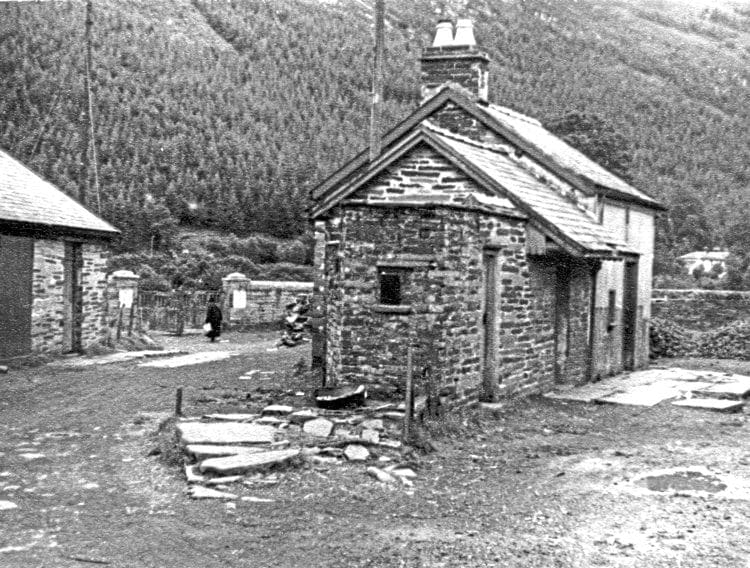The Corris Railway was one of the first lines to be closed by BR and it was a very long time before a part of it was reopened. Dan Quine presents a series of views of the railway in the period immediately following closure.
The 2ft 3in gauge Corris Railway has long been a favourite of mine. It was one of the earliest narrow gauge railways in Wales, opening in April 1859 as the Corris Machynlleth & River Dovey Tramroad.

It connected slate quarries along the Dulas Valley with Machynlleth and, until 1863, wharves on the River Dovey at Derwenlas. The railway’s long and interesting history began and ended with lightly laid horse- and gravity- worked tramways.
Enjoy more Heritage Railway reading in the four-weekly magazine.
Click here to subscribe & save.
This article tells the story of the end of the railway’s life and beyond, using a number of recently discovered photographs.
The Corris Railway was purchased by Bristol-based Imperial Tramways in 1878. In late 1929, Imperial sold the Corris to the Great Western Railway, which wanted the local bus routes operated by the company. Swindon already owned the Vale of Rheidol and the Welshpool and Llanfair railways, and wasn’t particularly thrilled about adding another Welsh narrow gauge railway. The GWR allowed the Corris to continue with minimal maintenance and even less interference, though passenger services were withdrawn in 1931, some necessary repairs were made and rolling stock was repainted at least twice.
Read more in Issue 220 of Heritage Railway
Advert
 Enjoy more Heritage Railway reading in the four-weekly magazine. Click here to subscribe.
Enjoy more Heritage Railway reading in the four-weekly magazine. Click here to subscribe.




